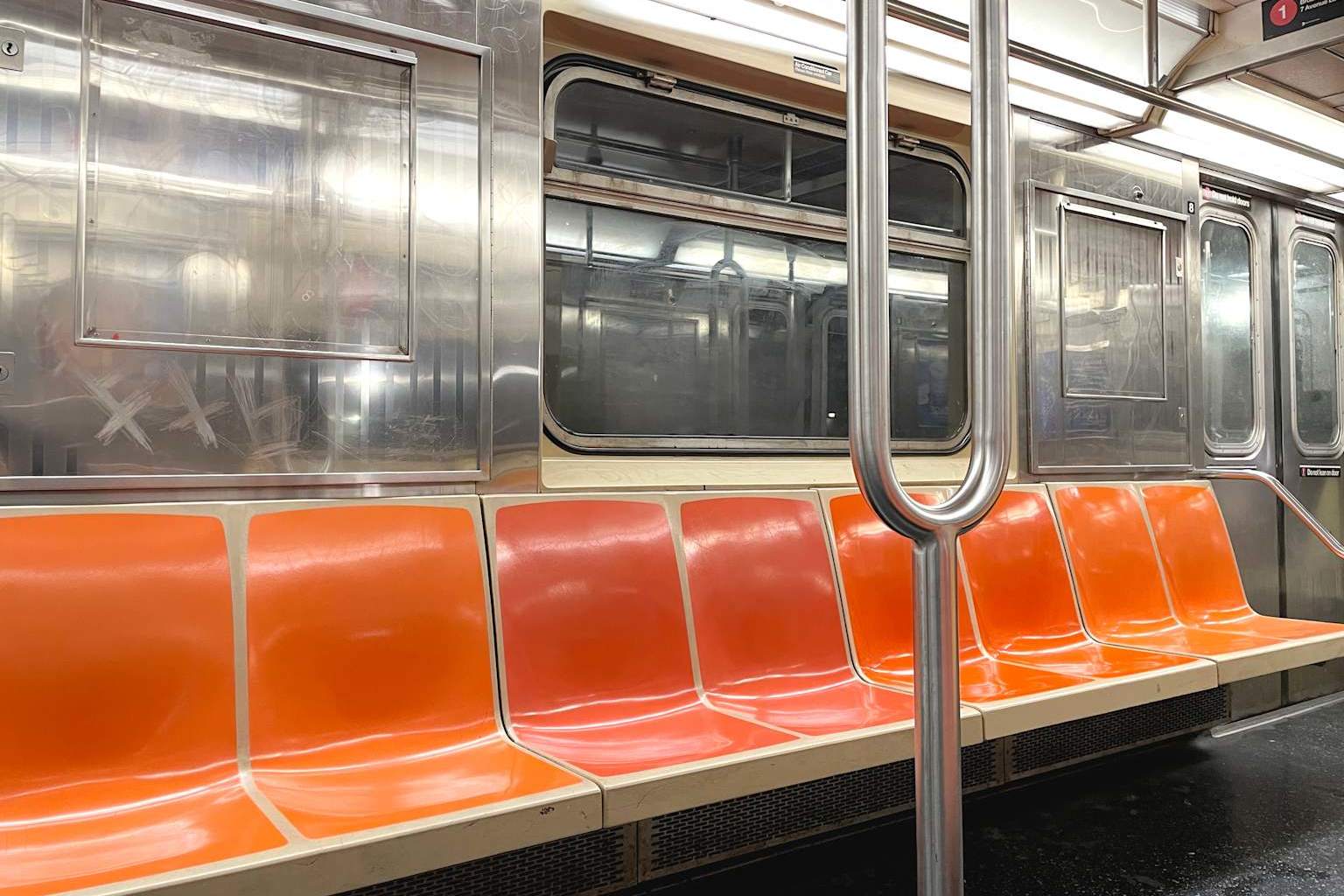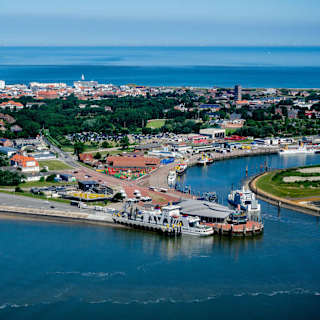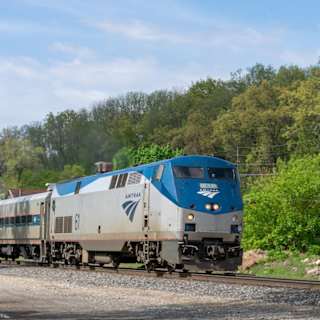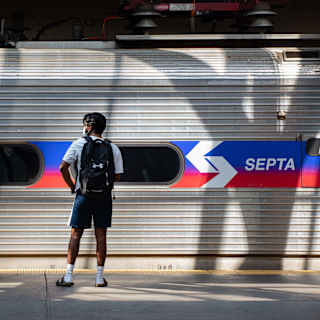- New Cars Target Reliability Crisis
- Replacing 1980s-Era Fleet
- Capital Plan Context
The Metropolitan Transportation Authority's Finance Committee approved a $2.3 billion purchase of 316 new rail cars for Long Island Rail Road and Metro-North Railroad on Monday, marking the largest single railcar order in the agency's recent history as it races to replace aging fleet nearing collapse.
The order represents the first major procurement under the MTA's new five-year capital plan and addresses a looming crisis as dozens of 40-year-old cars break down with increasing frequency, threatening service reliability across the nation's busiest commuter rail network.

The M-9A cars, manufactured by Alstom Transportation, will be split between LIRR's 160 units and Metro-North's 156 units12. The modern trains feature USB charging ports, glass windows, and accessibility improvements including automatic bathroom doors—amenities absent from the current aging fleet3.
Pilot cars arrive in 2029, with passenger service beginning in 2030 and full delivery by 203213. The contract includes options for up to 242 additional cars, according to Trains magazine2.
"We're looking to buy almost 2,000 rail cars as part of the new Capital Plan — $10.9 billion worth — and this 300+ order gets us off to a strong start," said MTA CEO Janno Lieber3.
The purchase targets Metro-North's M-3 cars that have exceeded their service life and LIRR's M-3 units whose operation was extended to support Grand Central Madison's opening12. Current M-3 cars break down approximately six times more frequently than newer models, contributing to 292 monthly infrastructure-related delays systemwide34.
The Regional Plan Association notes that older cars travel roughly 50,000 miles between failures compared to newer models exceeding 200,000 miles3.
Monday's approval launches the MTA's ambitious 2025-2029 capital program targeting 1,500 new subway cars and 500 commuter rail cars1. The $68 billion plan faces funding uncertainty, with only half secured and a $16.5 billion shortfall from the previous capital program due to congestion pricing delays2.
Governor Kathy Hochul framed the purchase as essential for maintaining record on-time performance. "The commuter rails are a lifeline for riders in one of the world's largest and busiest transit systems," she said3.
The cars will operate in LIRR's electric territories and Metro-North's Hudson and Harlem lines43. Tim Mulligan, MTA's chief of rolling stock program, emphasized cost efficiency: "By building on the reliable design of previous cars, we were able to work with the contractor to get things done better, faster, and cheaper"53.



